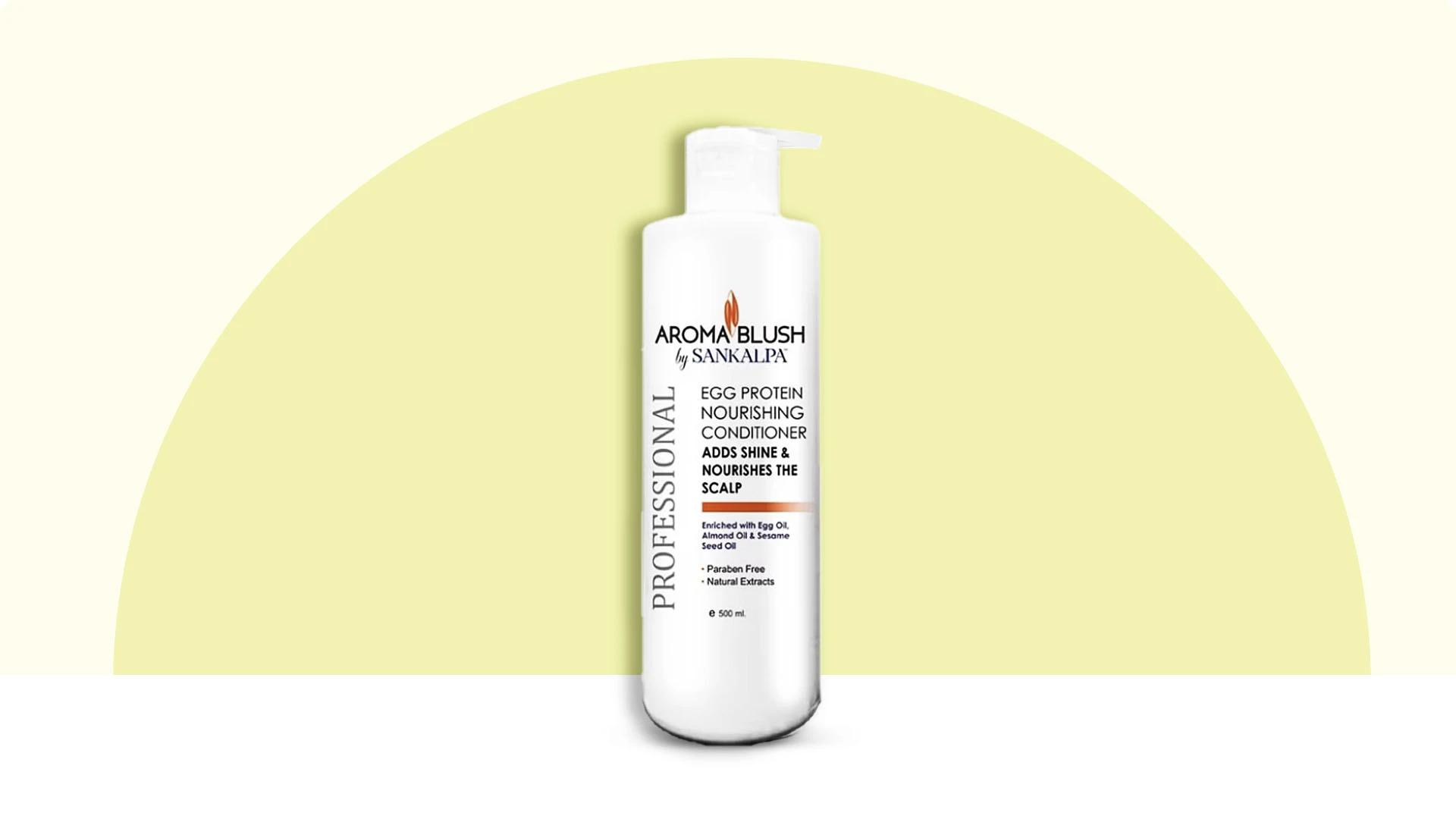Your hair's been looking a bit lifeless lately? You're not alone. Hair protein is basically the foundation that keeps your strands strong, bouncy, and gorgeous. Think of it as your hair's personal trainer – working behind the scenes to maintain structure and resilience. Whether you've been dealing with breakage, dullness, or just want to give your locks some extra love, understanding how to use hair protein properly can be a total game-changer. This step-by-step guide will walk you through everything you need to know about strengthening your hair from the inside out, without any of the guesswork.
Understanding Hair Structure and Protein
Your hair is essentially made up of **keratin**, a type of protein that forms the building blocks of each strand. The hair structure consists of three layers: the cuticle (outer protective layer), cortex (middle layer containing most proteins), and medulla (inner core). When your hair health is compromised, it's often because these protein structures have been damaged or depleted.
Proteins like keratin work alongside amino acids for hair to maintain elasticity, strength, and shine. When this protein balance for hair gets disrupted – whether from heat styling, chemical treatments, or environmental damage – your strands start showing signs of weakness. Understanding this basic hair structure helps you make better choices about what your locks actually need.
Signs of Protein Deficiency in Hair
Spotting protein deficiency in hair isn't rocket science once you know what to look for. Your strands might feel overly stretchy when wet, almost like elastic bands that won't bounce back to their original length. You might also notice increased breakage, especially around the mid-lengths and ends.
Other telltale signs include:
• Hair that feels mushy or gummy when wet
• Strands that snap easily during styling
• Loss of natural curl pattern or wave
• Dull, lifeless appearance even after conditioning
• Increased tangling and difficulty managing
These symptoms often develop gradually, so you might not notice them straight away. Environmental factors, frequent washing, and chemical processing can all contribute to protein loss over time.
Step-by-Step Guide to Stronger Hair Through Protein Treatments
Ready to give your hair the protein boost it's been craving? This systematic approach to hair strengthening will help you tackle the process like a pro. The key is being methodical and patient – your hair didn't lose its protein overnight, so restoration takes time too.
Step 1: Assess Your Hair's Protein Needs


 125 ml
125 ml 230 ml
230 ml 250 ml
250 ml 300 ml
300 ml